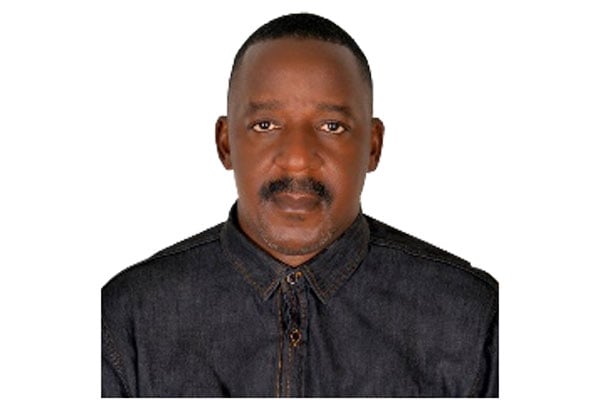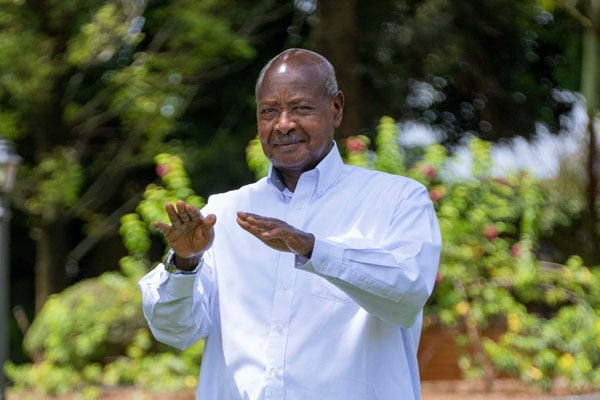
Wilfred A Nsheeka
Early this month, tragedy struck Ugandans when Kiteezi landfill collapsed and buried nearly 40 people alive. The government has since recovered 35 bodies, but many more may remain entombed beneath the debris. Shockingly, Uganda’s capacity to uncover and rescue those trapped under the trash has proven woefully inadequate. No one has resigned in shame, no one has been fired, and accountability is conspicuously absent. It is business as usual for the government, while the souls of the departed rest under a mountain of neglect.
Meanwhile, thousands of medical interns, after enduring years of rigorous education, remain stranded as the government fails to deploy them due to a lack of resources. The frustration doesn’t end there. Recently, thousands of aspiring lawyers were denied entry into the Law Development Centre (LDC) simply because the institution lacks the facilities to accommodate them. Despite paying fees, these students face an uncertain future, likely to miss out as more graduates flood the streets, waiting for a chance that may never come.
Are these the signs of an impending crisis? Will these disillusioned young people, deprived of their dreams, one day storm the streets in protest? Next year, the numbers will be higher. Where did this crisis begin? Is this the product of poor governance? Did those in power foresee the day when Kiteezi would reach its breaking point, or were they too complacent to act? What exactly was happening between 2013 and the tragic day it became a mass grave?
Everyone in Uganda, from primary school children to government officials, is aware of the country’s rapidly growing population. Institutions like the LDC and the Ministry of Health know they will face increasing numbers of students each year. Did they factor this into their planning, or have they been sleeping on the job? Who are the individuals who have held these offices for the last decade? Did they anticipate this disaster, or were they too engrossed in their own affairs to care?
Just the other day, it took me three gruelling hours to travel from Bakuli bus terminal to Kyengera Town Council [about 15km] because of the suffocating traffic jam. I shared my ordeal with a friend, only to learn that he had spent five excruciating hours in a bus at the weekend in a similar distance. The government seems to have no solutions to these urgent crises.
Who is at the helm of these institutions? Isn’t it time these leaders appeared on TVs to explain how they plan to address the mess they’ve created? The Kampala Capital City Authority (KCCA), LDC, Ministry of Health – where are their solutions? The pain is unbearable, and it seems our leaders don’t share in our suffering.
Imagine a student waiting one, two, or even three extra years to achieve their dream of becoming a doctor or an advocate, only to have it delayed by officials mired in poor planning and corruption. When the youth of a nation lose hope in their future, when they see no prospects, no jobs, and their dreams shattered by government ineptitude, the result can be catastrophic. What happened in Bangladesh and Sri Lanka could very well happen here. It’s alarming, and yet the government remains disturbingly unbothered.
The recent International Youth Day celebrations in Soroti, where hundreds of youth leaders walked away after receiving allowances, before the President’s address, is a telling sign. Their messages was clear: They came for handouts, not hope. They expected nothing new. The NRM party must reform or face ruin. It’s time for leaders to appear on TV and explain how they plan to address the mess they’ve created.
The solution is clear: Fire incompetent executives, apprehend corrupt officials, stop the endless speeches that lead to nowhere, and listen to the demands of protesters instead of harassing them. It is dangerous to bury their ideas and congratulate yourselves for ending the protest. There comes a time when numbers can overwhelm guns.
The writer, Wilfred A Nsheeka is the LC 5 male youth councillor for Rubanda District
[email protected]








